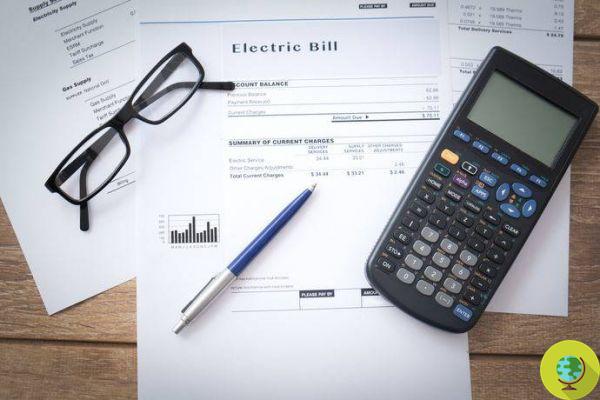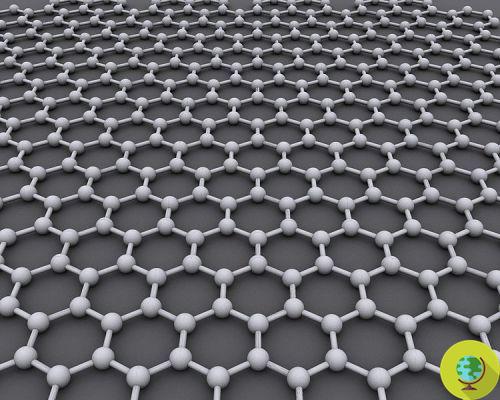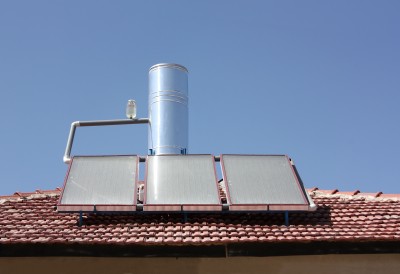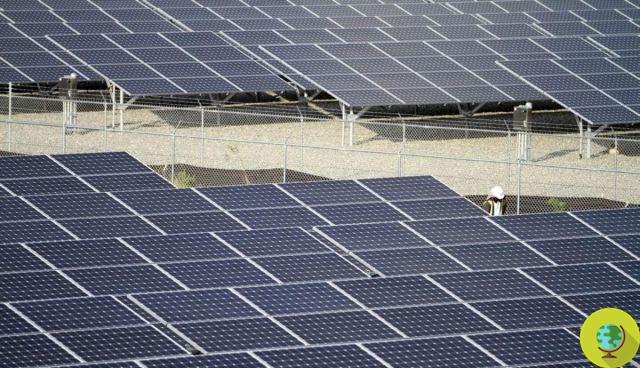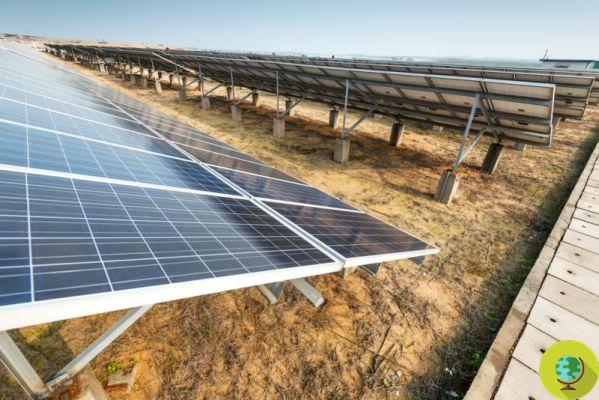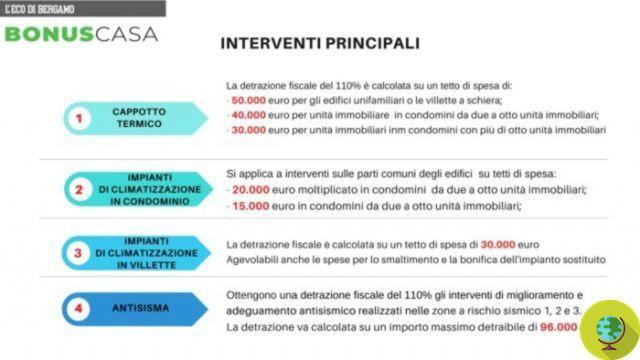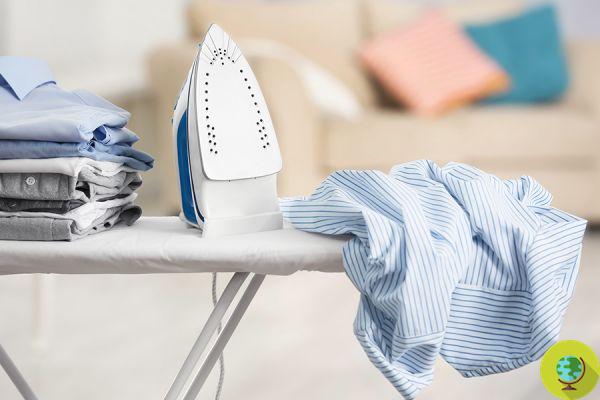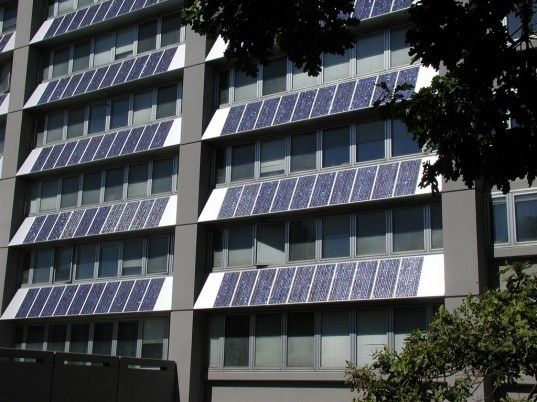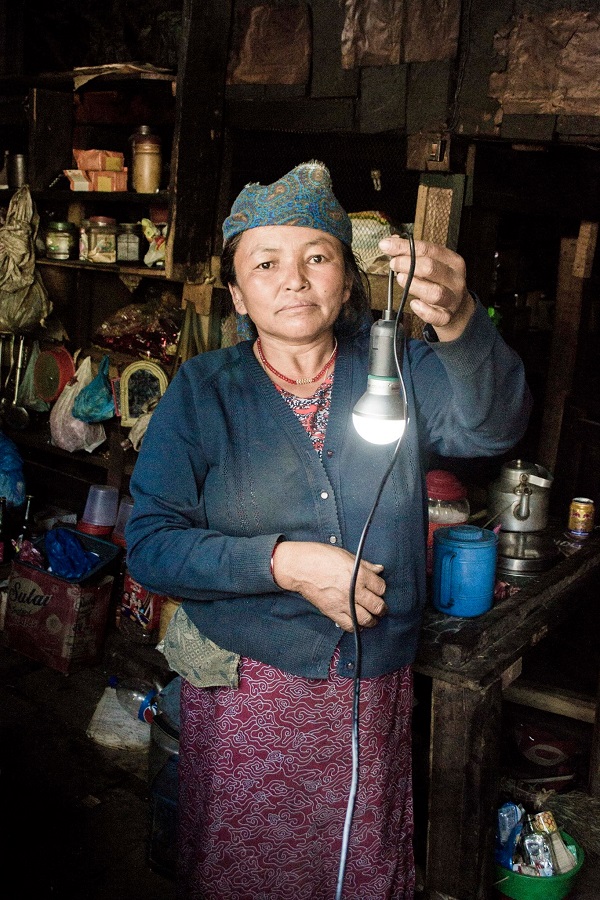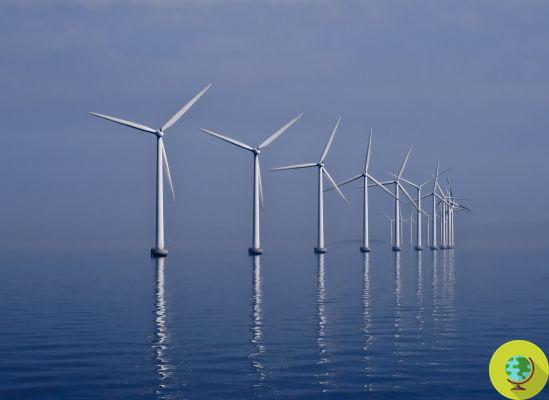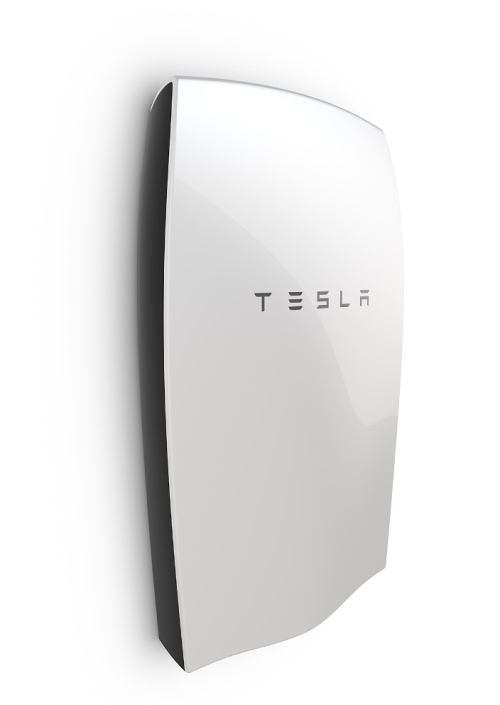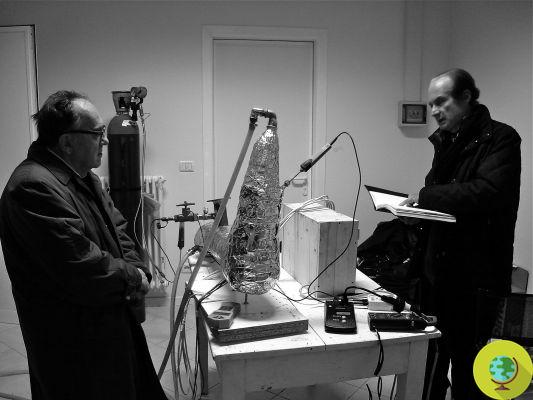How to avoid waste in using electrical appliances at home? Here is a handbook to avoid unnecessary energy consumption
He is about to end up run over, his mother saves himIt is well known that electronic devices require energy to carry out their job; what perhaps escapes us is the quantity they consume when they are not in use.
According to a research conducted a few years ago by the English Ministry of the Environment, they are consumed every year 7 billion in kWh of energy just to power millions of colored lights appliances in stand-by.
This enormous waste of energy, in addition to silently emptying our pockets, releases approximately 800 thousand tons of carbon dioxide per year.
So here are 10 simple tips to identify the most "expensive" home appliances and limit their damage:
- The "Cordless" telephone: undoubtedly comfortable, but being equipped with a battery it is by far the least economical and ecological model, since the power supply is constantly connected to the power outlet.
- the cell phone it often leads to the same kind of waste: leaving the charger "hanging" from the socket is a fairly common practice. In fact, however, it continues to "suck" energy that we don't really need.
- On TV, with its tiny dot of light that we are so used to that we don't notice it, is undoubtedly the most common waste. Getting up in the middle of the night to reach the device button is perhaps asking too much, but remembering it maybe before leaving for the holidays is a must.
- The dvd player: there is no reason for it to stay on when it is not in use, just to keep company with the red light on the TV: a smart idea is to connect them both to a multiple socket to turn off with a simple click, perhaps positioned near the bed!
- The microwave it is generally connected to the power socket on a permanent basis and, let's face it, that small number peeking out from the corner is superfluous in the kitchen, where the clock never fails. Many experts claim that it consumes even more than the microwave itself when in use.
- Digital watches in general they consume substantial amounts of energy, perhaps just to wake us up in the morning. It would be good to turn them on only when needed, or replace them with traditional ones.
- I Computers portatili they usually go into standby automatically; keeping them in charge whole nights so it doesn't make sense.
- Monitors and other devices connected to our computer such as speakers, readers, etc. they could all be connected to the same power strip as mentioned for the TV and DVD player.
- Appliances such as drills, electric saws they now exist in rechargeable and cordless versions and are preferable not only in terms of energy, but also in terms of safety.
- Chargers of any other type: video cameras, digital cameras, hair removal accessories and an infinity of other wires are absent-mindedly hanging from the plug in the wall; unless it is equipped with an on / off switch for the flow of current, all these wires absorb energy that we pay for even if we do not make any use of it.

In all the cases examined, it is a question of forgetfulness we do not pay attention to, small attentions missed due to laziness or fatigue. If our bill reported separately the costs of the energy actually consumed and the one lost due to distraction, perhaps we would all be a little less lazy.
Annalisa Di Branco




